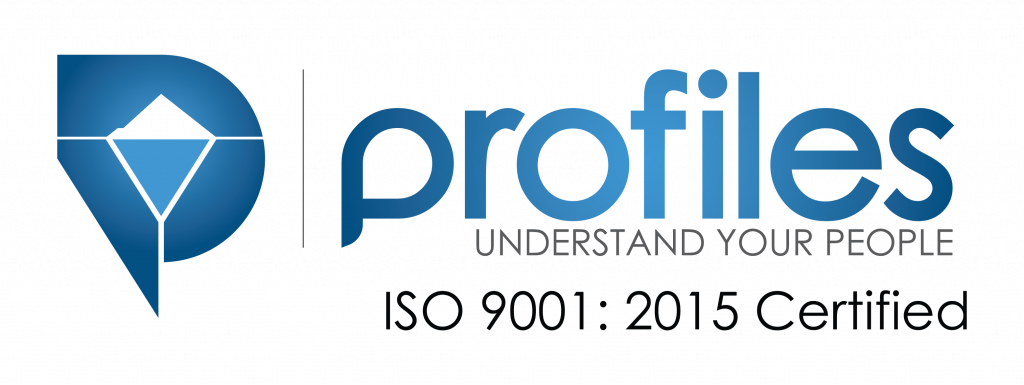How to Manage Older Employees: 13 Helpful Tips
Leading older employees can get tricky, especially if you’re younger than them. However, by understanding and accepting their intricacies, you not only tap into a highly-skilled individual, but also a mentor and resource shaped by years in their field.
5 Leadership Tips from Successful Business Leaders
1. Be Data-Drive and Creative "Nowadays everyone wants to be data-driven. That’s great but your competitors will have the same data, so you’re all going to come to the same conclusion. That’s why you always have to infuse some element of creative thinking.” - David Silverstein, CEO and founder of Colorado-based consulting firm BMGI (via Entrepreneur) 2. Ask "Why?" The most awe-inspiring companies begin with a great leader who regularly asks herself “Why?” - Simon [...]
How to Build a Successful Work Team
Building a cohesive, high-performing team is vital to business success. Below are things business leaders need to keep in mind when hiring and managing employees in order to build a successful work team. Communication Communication is at the center of all successful work teams. It's what enables a team to function properly, fulfill goals and complete projects. Communication must be a core concern when building a team, so make sure each member of the group [...]
Leading by Example
In addition to being good in principle, leading by example also inspires loyalty and trust in your employees. In order to keep enthusiasm and goodwill among your team members, you need to do more than instruct, you need to lead. Below are a few ways you can lead by example and inspire your employees to succeed. Make a firm commitment to your team and purpose. Remind yourself why you started the journey and took on [...]
4 Ways to Make HR More Approachable
One of the critical roles of HR teams is to settle disputes and worries in the company, which they can't do if no one is willing to use them as mediators. When your employees know they can turn to the HR department with problems that need to be solved, they will enlist professional help instead of trying to fix big disputes themselves. This could avoid major fallouts and extended arguments that affect employee productivity. Here [...]

